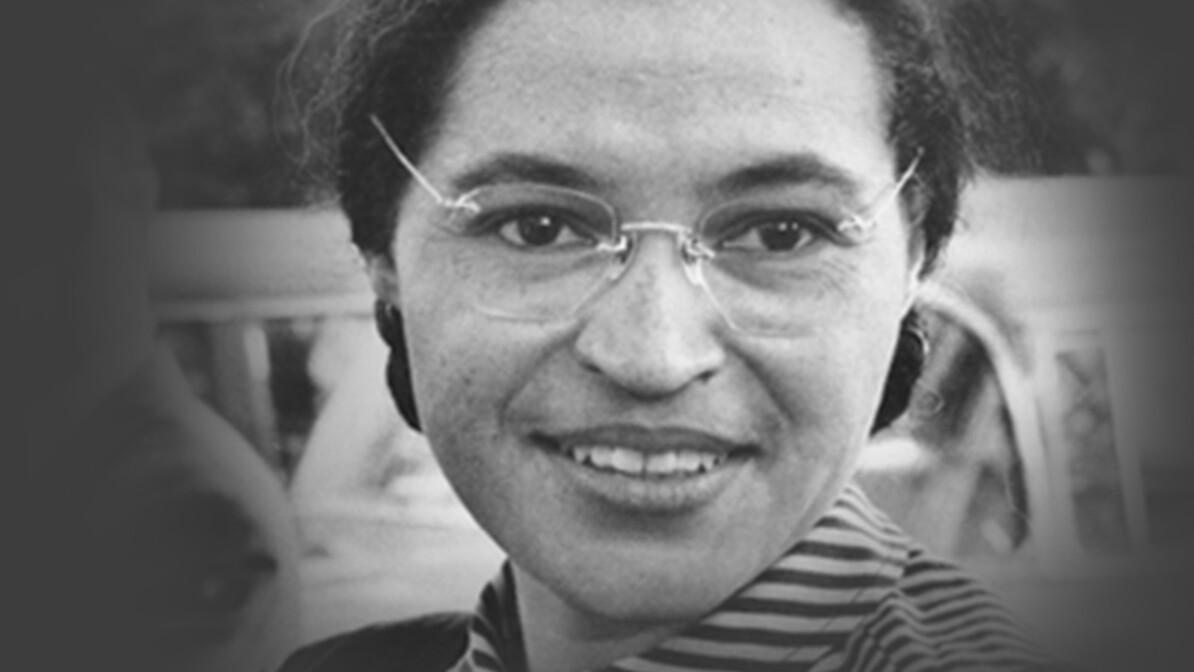Related Articles
Moving Your Heart in God’s Direction
Your spiritual heart influences every choice you make—your motives, your relationships, and the…
3 Keys to Experiencing Fresh Fire and God’s Favor in 2026
Needing fresh fire from God as you step into a new year? You’re not alone. Many believers sense a…
Partners for the Great Commission: Activating the Gifts God Placed in You
The Great Commission is one of the most extraordinary invitations God gives His people—an…
Discover Your Purpose in Life on Earth
If you’ve ever asked, “What is God’s purpose for my life?” you’re not alone. Many believers wrestle…
Next Steps To Strengthen Your Walk
Inspiration Today Newsletter
Supercharge your faith and ignite your spirit. Find hope in God’s word. Receive your Inspiration Today newsletter now!
Christian Articles
Find articles to strengthen your walk and grow your faith. We have a wide range of topics and authors for you.
Submit A Prayer Request
We are here for you. Simply click on the button below to reach us by form, email or phone. Together we will lift our hearts and voices with you in prayer.






